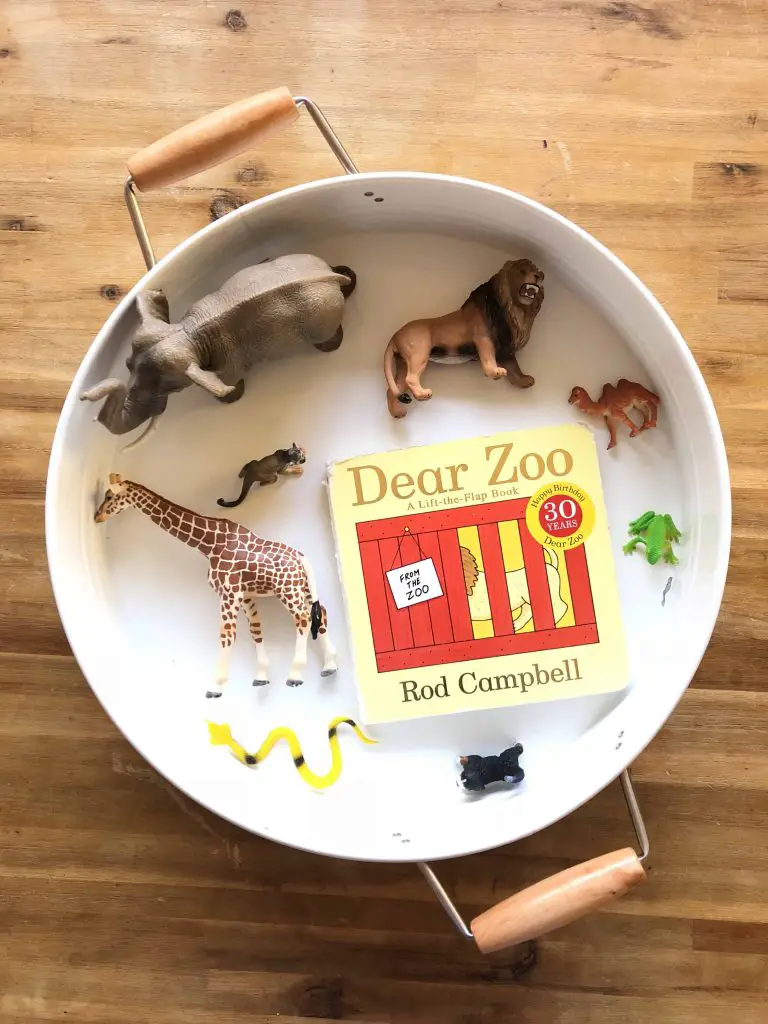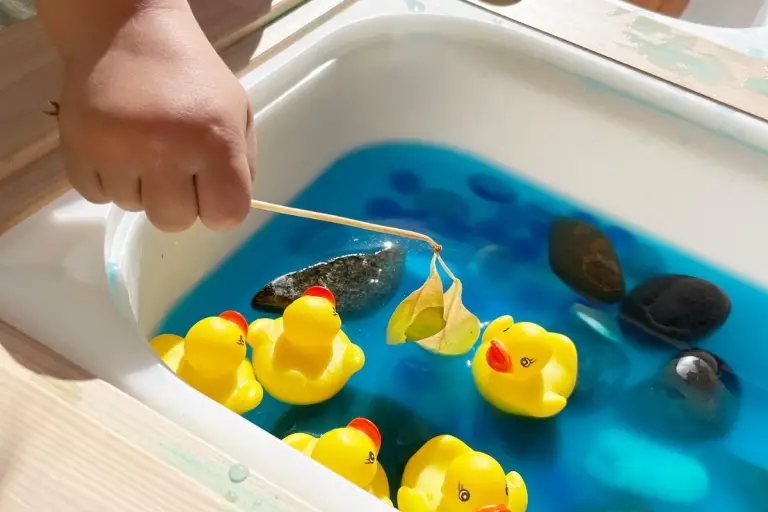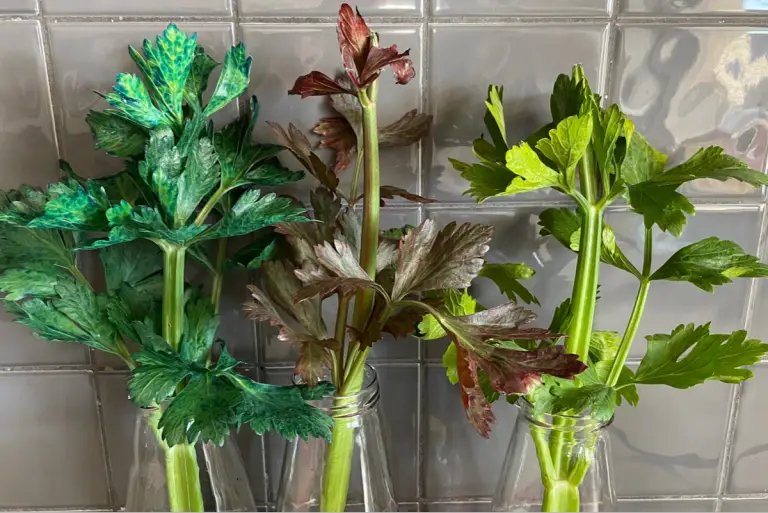Homemade Balance Scale DIY Toddlers Preschoolers
Disclosure: This blog contains affiliate links which I may earn a small commission from if you purchase through them, at no extra cost to you.
Have fun learning about mass and weight with this easy homemade balance scale!
Compare different items, seeing how they relate to each other in regards to size, mass, and weight with this simple DIY paper plate balance scale.

Homemade Balance Scale DIY for Toddlers and Preschoolers
- What is the difference between weight and mass
- What is a simple balance scale
- Which mathematical concepts will be explored
- How to make a homemade balance scale for kids
- What you need to build a homemade balance scale
- How do you make a homemade balance scale toy
- How to play with balance scale
- Expanding on the concept of measurement
- Learning opportunities
What is the difference between weight and mass?
Weight and mass are the same things, right? No, they are different!
Mass
Mass measures the quantity of matter, electrons, protons, and neutrons, are an object. Something that has more matter will weigh more than something that has less matter.
For example, one cup of cotton balls will weigh less than one cup of pebbles. The pebbles have more mass than cotton balls.
An object’s mass will be the same everywhere – even the moon!
Weight
Weight is the force of gravity. It can also be described as the force placed upon an object, generated by the gravitational attraction of the earth.
The weight of an object can alter depending on its location. The gravitational pull of an object will be different when on the moon compared to on planet Earth. This is turn, will affect the object’s weight.

What is a simple balance scale
A simple balance scale is one with two plates of an equal distance from a central fulcrum.
In the case of our DIY balance scale, we are literally using paper plates. The fulcrum is the suspended coat hanger. The pivotal point is the coat hanger on the door handle, frame, or whatever you suspend your scales from.
The plates rest at a neutral point.
When objects are placed on one side, the plate holding the dominating mass will dip below the line of equilibrium.
Static equilibrium will be reached once an equal weight has been placed on both sides.
Which mathematical concepts will be explored?
Kids love playing with scales. Their balance scale is a great way of engaging your child in learning through play osmotically. They will do this as this seemingly simple tool explores lots of mathematical concepts such as:
Comparing objects
Identifying attributes to ascertain similarities and differences. These attributes could be size, shape, weight, or colour.
Estimating
Making a judgment, without knowing all values. This judgment could be by sight or through rough guess.
Making Measurements
Finding out the values and obtaining information using mathematical concepts and techniques.

How do you make a homemade balance scale for kids?
This simple play hack is so easy! Using materials you probably have laying around the house, you can create a great learning tool for your child.
We have been using this very setup since 2019.
Our DIY scales get popped back into the cupboard and brought out again every few months. Each time they are bought out, they are welcomed with excitement. The novelty has not worked out yet!
As our children grow and develop, revisiting activities is a great way to build upon existing knowledge from previous play. There is always a new concept to grasp and a term to explore to gain a deepened understanding of.
What you need to build your homemade balance scale
- Coat Hanger
- String
- 2 x Paper Plates or Paper Cups
- Masking Tape
- Something to hang your scales on!
We used paper plates with the plan to use our retired baby gym as a frame to hang our DIY balance scales on.
As an alternative, you could prop a broom up across two chairs to create a frame.
Using paper cups allows for your homemade balance scales to be suspended from the handle of a door or cupboard that is within reach of your child.
How do you make a homemade balance scale toy?
- Cut four equal lengths of string
- With the plate upside down, position two lengths of string across one another to create a ‘x’
- Secure the string in place with tape close to the permimeter of the plate.
- Turn the plate over, bringing the loose ends of the string together and securing them in a knot. We added further strength with a strip of tape wrapped around the knot.
- Repeat for the other plate
- Suspend the plates from either side of the coat hanger ensuring they are hanging equal lengths.
- Hang your scales and begin to play!

How to play with homemade balance scale
Setting up your balance scale
Keep your investigations age-appropriate. Learning about weight and mass is a huge undertaking. Age-appropriate incremental steps should be taken and expanded on to align with your child’s understanding and development. Please don’t rush the process – have fun!
Setting up
Use items that will play to your child’s interests.
This is a powerful tip to engage your child in play with this activity. In saying that, this is a powerful tip to engage your child in any activity!
Watching the scales bob up and down and testing the estimations is really captivating in itself.
This being said, using objects that mean something to your child will make the activity more relevant to them. Relevance is key in developing a foundation of interest. This familiarity will allow your child to develop new knowledge more confidently.
Things to measure
- Play food
- Blocks
- Animal figurines
- Toy cars
- Marbles
- Snacks
- Pebbles
- Gumnuts
- Cotton Balls
- Gravel
Recording results
Age-appropriate recording of results is a great tool to use to reflect on findings.
For two to four-year-olds, this may look like a strip of masking tape on the floor. Heavy items on one side and then lighter on the other.
Preschoolers may map out the results across a tape line. With the heaviest object on one end of the tape line and the lightest on the polar end. The objects in the middle are positioned to reflect how heavy they are with the object next to them.
Grade schoolers may begin to graph their findings on a number grid.
Expanding on the concept of measurement
Using a standard unit of measure, calculate the mass of different objects. Graph the results with these findings.
The unit of measure should be identical mass and be used as a controlled baseline.
- Wooden blocks
- Cars
- Pebbles
- Gumnuts
- Marbles
- Place the object of unknown mass on one side of the balance scale.
- Place the unit of measure on the opposite plate until static equilibrum is reached.
- Record how many units were required to reach static equilibrum.
Learning Opportunities
While playing with their homemade balance scale, your children will be learning while playing. Engaging in meaningful play will have your children exploring many developmental and life skills.
- Cause and effect
- Sequencing events
- Hand eye coordination
- Early Number Sense
- Sorting by attribute
- Estimations
- Cognitive development
- Experimental Play
- Measurments
Just today, Miss 4 transferred some of her knowledge to the supermarket. She chose the largest beetroot on display and raced over to the scales to see how much it weighed. I will just add that this was 1.2kg. Yes, a beetroot. I asked her what she would like to make with it and she replied, ‘A smoothie’.
So, while we are having beet smoothies, I hope your family enjoys this activity as much as we do. Hanging our DIY balance scales up always gets their attention and leads to so much meaningful play.










